Analyze the benefits of PCIe 5.0, its impact on gaming and professional workloads, and whether it justifies upgrading from PCIe 4.0.
PCIe 5.0 Motherboards: Are They Worth the Hype?
Table of Contents
When it comes to the latest advancements in computer hardware, many enthusiasts are asking, “PCIe 5.0 Motherboards: Are They Worth the Hype?” As the newest iteration of the Peripheral Component Interconnect Express (PCIe) standard, PCIe 5.0 promises faster data transfer rates, better performance for high-end components, and a future-proof foundation for the next generation of technology. But with all the excitement surrounding this new standard, it’s essential to consider whether upgrading to a PCIe 5.0 motherboard is the right move for you.
In this comprehensive guide, we’ll explore the ins and outs of PCIe 5.0, weighing its benefits and potential drawbacks to help you answer the question, “PCIe 5.0 Motherboards: Are They Worth the Hype?” We’ll dive deep into the technical aspects, practical implications, and future-proofing considerations, so you can make an informed decision.
What is PCIe 5.0?
To fully understand whether “PCIe 5.0 Motherboards: Are They Worth the Hype?” to upgrade, it’s crucial to first grasp what PCIe 5.0 actually brings to the table. PCIe, or Peripheral Component Interconnect Express, is a high-speed interface standard used to connect various components, such as GPUs, SSDs, and network cards, to the motherboard. The PCIe 5.0 standard is the latest in this series, succeeding PCIe 4.0 and doubling its data transfer rate.
Key Specifications of PCIe 5.0
- Data Transfer Rate: PCIe 5.0 offers a data transfer rate of 32 GT/s (gigatransfers per second) per lane, effectively doubling the 16 GT/s offered by PCIe 4.0. This translates to a potential bandwidth of up to 128 GB/s for a 16-lane (x16) slot.
- Backward Compatibility: One reason to ask “PCIe 5.0 Motherboards: Are They Worth the Hype?” is their backward compatibility. PCIe 5.0 retains compatibility with PCIe 4.0, 3.0, and older versions, meaning you can use older PCIe components in a PCIe 5.0 slot, though they will operate at their native speeds.
- Enhanced Signal Integrity: To support the increased data rates, PCIe 5.0 introduces improved signal integrity features, including better equalization and clock data recovery mechanisms. But does this improvement alone make PCIe 5.0 motherboards worth the hype?
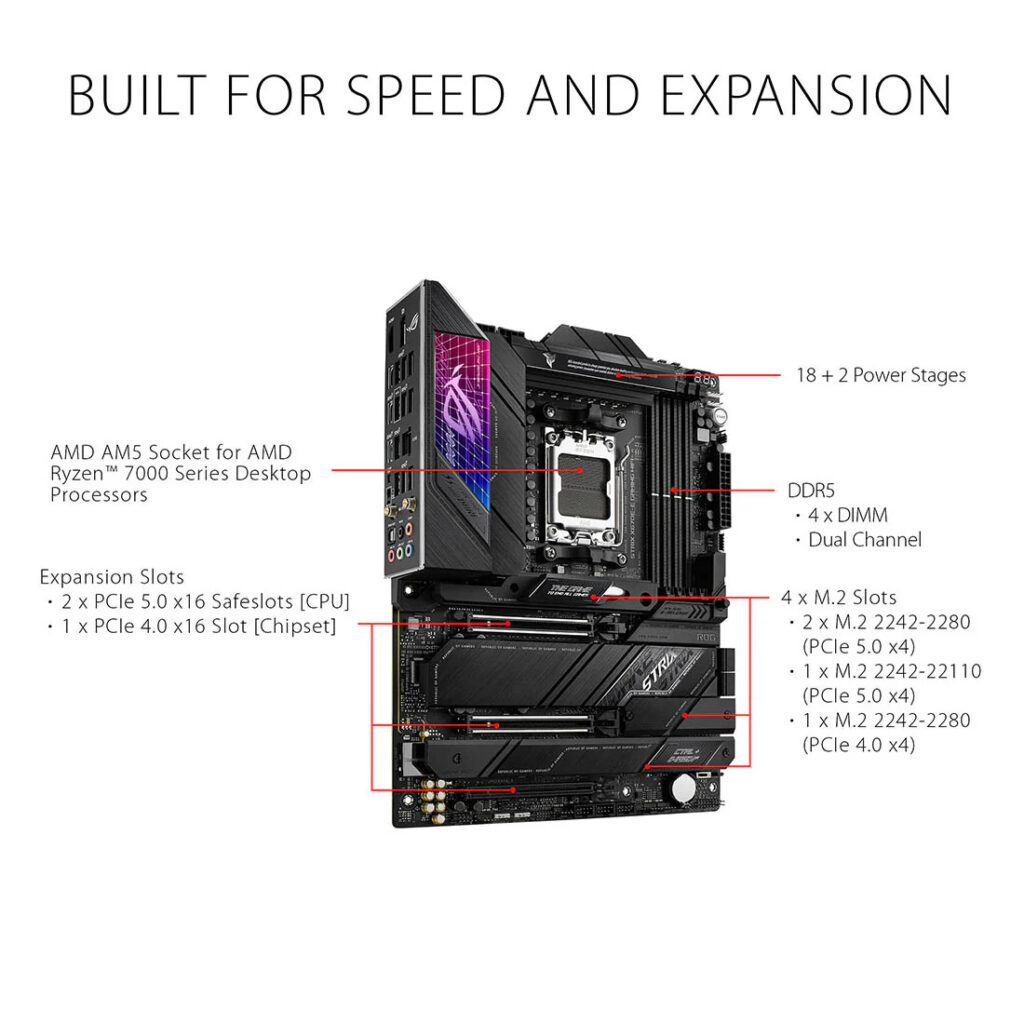
Advantages of PCIe 5.0 Motherboards
To determine whether “PCIe 5.0 Motherboards: Are They Worth the Hype?”, it’s essential to look at the potential benefits. Here’s what PCIe 5.0 motherboards can offer:
1. Future-Proofing Your System
A significant reason to consider PCIe 5.0 motherboards is future-proofing. As new components like GPUs and SSDs are developed to take full advantage of PCIe 5.0, having a compatible motherboard ensures that your system is ready for these advancements. But does future-proofing alone answer the question: “PCIe 5.0 Motherboards: Are They Worth the Hype?”
2. Enhanced Performance for High-End Components
The increased bandwidth provided by PCIe 5.0 is particularly beneficial for high-end components that require fast data transfer rates. Next-gen graphics cards and NVMe SSDs are expected to utilize PCIe 5.0 to deliver better performance in gaming, content creation, and other demanding tasks. This enhanced performance is a critical factor in deciding “PCIe 5.0 Motherboards: Are They Worth the Hype?”
3. Better Multi-Tasking Capabilities
With more bandwidth available, PCIe 5.0 motherboards can handle multiple high-speed devices more effectively. This is advantageous for users running several GPUs, high-speed storage devices, and network cards simultaneously. The ability to manage more devices at once makes many users ponder, “PCIe 5.0 Motherboards: Are They Worth the Hype?”
4. Improved Longevity of High-Performance Systems
Another aspect to consider in the debate of “PCIe 5.0 Motherboards: Are They Worth the Hype?” is the longevity of your system. Investing in a PCIe 5.0 motherboard now means your system is more likely to remain relevant as new hardware is released, extending the life of your build and possibly making it a more cost-effective choice in the long run.
Potential Drawbacks of PCIe 5.0 Motherboards
While there are several benefits to PCIe 5.0 motherboards, answering the question “PCIe 5.0 Motherboards: Are They Worth the Hype?” requires looking at potential drawbacks as well.
1. Limited Availability of PCIe 5.0 Components
One of the challenges in deciding “PCIe 5.0 Motherboards: Are They Worth the Hype?” is the current limited availability of PCIe 5.0-compatible components. Although high-end GPUs and SSDs are beginning to adopt the standard, the majority of components still rely on PCIe 4.0 or older. This limitation might mean that the immediate benefits of PCIe 5.0 won’t be fully realized until more hardware is developed to support it.
2. Higher Cost
PCIe 5.0 motherboards generally come with a higher price tag compared to their PCIe 4.0 counterparts. For users who do not plan to take full advantage of the increased bandwidth in the near future, this higher cost might not be justified. This cost consideration is crucial in determining “PCIe 5.0 Motherboards: Are They Worth the Hype?”
3. Increased Power Consumption
The higher data transfer rates of PCIe 5.0 lead to increased power consumption. This could result in higher energy costs and the need for more robust cooling solutions, which may add to the overall cost of your build. When evaluating “PCIe 5.0 Motherboards: Are They Worth the Hype?”, increased power consumption is an important factor to consider.
4. Marginal Performance Gains for Current Hardware
For users with current-generation hardware, the performance gains offered by PCIe 5.0 might be marginal. Most existing GPUs and SSDs do not fully saturate the bandwidth of PCIe 4.0, meaning the additional bandwidth of PCIe 5.0 may not translate into noticeable improvements in real-world performance. This makes it difficult to definitively answer “PCIe 5.0 Motherboards: Are They Worth the Hype?” in the affirmative.
Who Should Consider Upgrading to a PCIe 5.0 Motherboard?
Given the advantages and drawbacks, who should consider upgrading, and ultimately, “PCIe 5.0 Motherboards: Are They Worth the Hype?” Let’s explore some specific use cases:
1. Early Adopters and Enthusiasts
If you are someone who always wants the latest and greatest technology, then “PCIe 5.0 Motherboards: Are They Worth the Hype?” might resonate with you. Early adopters planning to upgrade their GPU or SSD to a PCIe 5.0-compatible model in the near future will be well-positioned to take advantage of the increased performance.
2. Content Creators and Professionals
For content creators and professionals working with large files or demanding applications, the increased bandwidth of PCIe 5.0 can lead to improved performance in tasks like video editing, 3D rendering, and data analysis. If you find yourself in this category, you might conclude that “PCIe 5.0 Motherboards: Are They Worth the Hype?” is a question with a positive answer.
3. Gamers Seeking Cutting-Edge Performance
Gamers demanding the highest levels of performance may benefit from a PCIe 5.0 motherboard, especially as new GPUs are released that can take advantage of the increased bandwidth. However, it’s worth noting that current-generation GPUs might not fully utilize the additional bandwidth, so the performance gains may be more noticeable in future hardware releases. For this reason, the answer to “PCIe 5.0 Motherboards: Are They Worth the Hype?” might vary depending on your gaming setup.
4. System Builders and Upgraders
For system builders and expert upgraders aiming to future-proof their systems, PCIe 5.0 motherboards are a smart investment. By opting for a motherboard that supports the latest standard, you can ensure your build is ready for the next generation of hardware, even if you don’t plan to upgrade immediately. This makes the case for “PCIe 5.0 Motherboards: Are They Worth the Hype?” a strong one.
PCIe 5.0 vs. PCIe 4.0: Is the Upgrade Worth It?
To determine whether upgrading to a PCIe 5.0 motherboard is worth it, For Best PCIe 5.0 SSDs in 2024 it’s important to compare it with the previous generation, PCIe 4.0, and ask again, “PCIe 5.0 Motherboards: Are They Worth the Hype?” Here are some key differences:
1. Bandwidth and Performance
The most significant difference between PCIe 5.0 and PCIe 4.0 is the bandwidth. PCIe 5.0 doubles the bandwidth of PCIe 4.0, offering 32 GT/s per lane compared to 16 GT/s per lane. This increased bandwidth can lead to better performance in data-intensive applications, especially as new hardware is released to utilize the extra bandwidth.
2. Component Compatibility
Both PCIe 5.0 and PCIe 4.0 are backward compatible with older PCIe standards. This means that you can use PCIe 3.0 or PCIe 4.0 components in a PCIe 5.0 slot without any issues, though they will operate at their native speeds. While PCIe 5.0 motherboards offer more future-proofing, PCIe 4.0 still provides ample bandwidth for most current-generation hardware, leading some to question whether “PCIe 5.0 Motherboards: Are They Worth the Hype?” when compared to PCIe 4.0.

3. Power Consumption and Heat Output
As previously mentioned, PCIe 5.0 motherboards generally consume more power and produce more heat due to the increased data transfer rates. This may require more advanced cooling solutions and could lead to higher energy costs over time, which is an essential consideration in the debate of “PCIe 5.0 Motherboards: Are They Worth the Hype?”
Conclusion: PCIe 5.0 Motherboards: Are They Worth the Hype?
So, after examining the benefits, drawbacks, and specific use cases, how do we answer the question, “PCIe 5.0 Motherboards: Are They Worth the Hype?” The answer largely depends on your individual needs, budget, and future upgrade plans.
If you are an enthusiast, professional, or gamer looking to future-proof your system and stay ahead of the curve, then PCIe 5.0 motherboards are likely worth the hype. The increased bandwidth, improved performance for high-end components, and better multitasking capabilities offer significant benefits for those who demand the best from their systems.
However, if you are a more budget-conscious user or if your current setup already meets your needs, you might want to wait until PCIe 5.0-compatible components are more widely available and affordable. In this case, the answer to “PCIe 5.0 Motherboards: Are They Worth the Hype?” may be less clear, and you might find better value in sticking with PCIe 4.0 for now.
Ultimately, whether PCIe 5.0 motherboards are worth the hype depends on your specific situation. By carefully weighing the pros and cons, you can make an informed decision that best suits your needs and ensures that your system is ready for whatever the future holds.
Featured Images on Top : https://www.xda-developers.com/

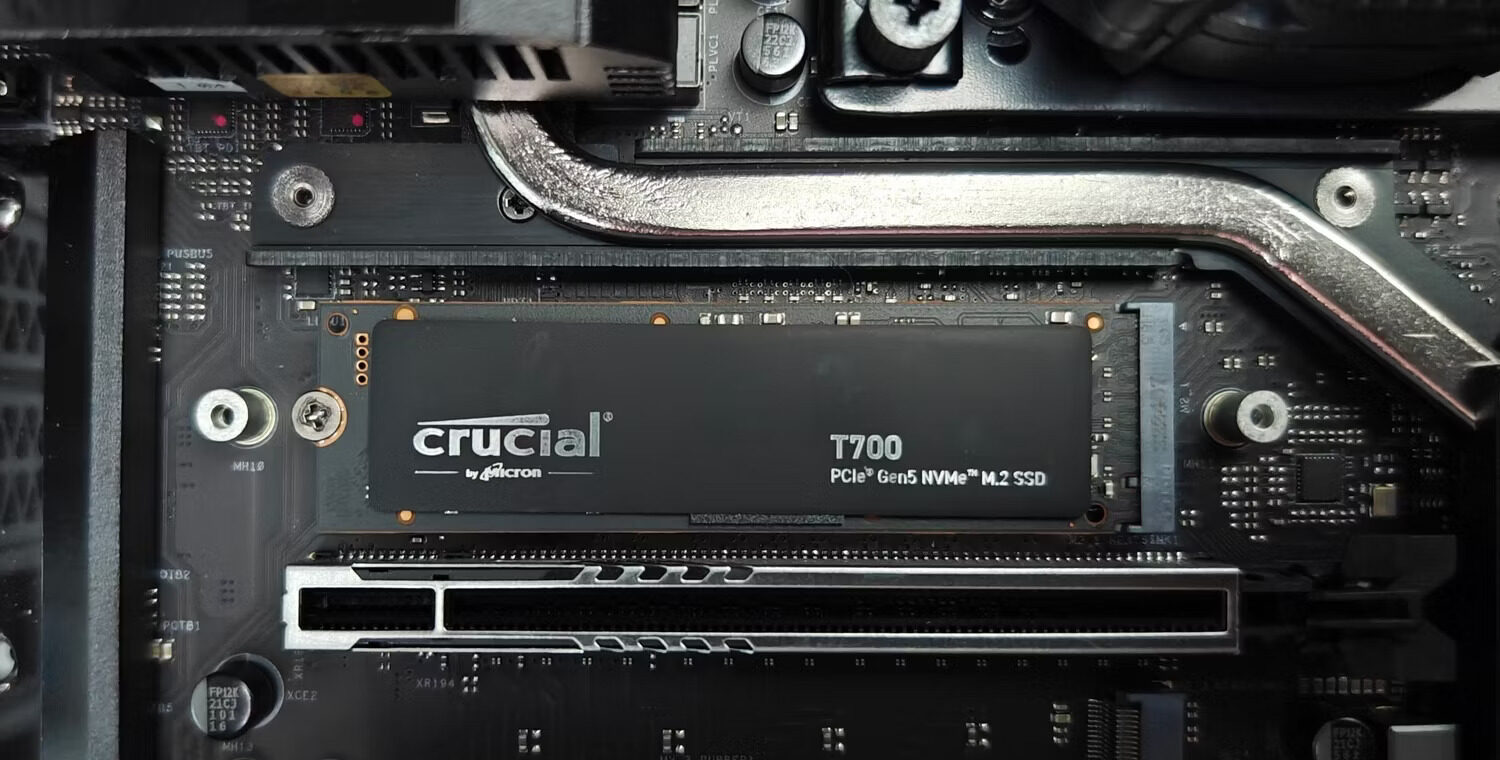

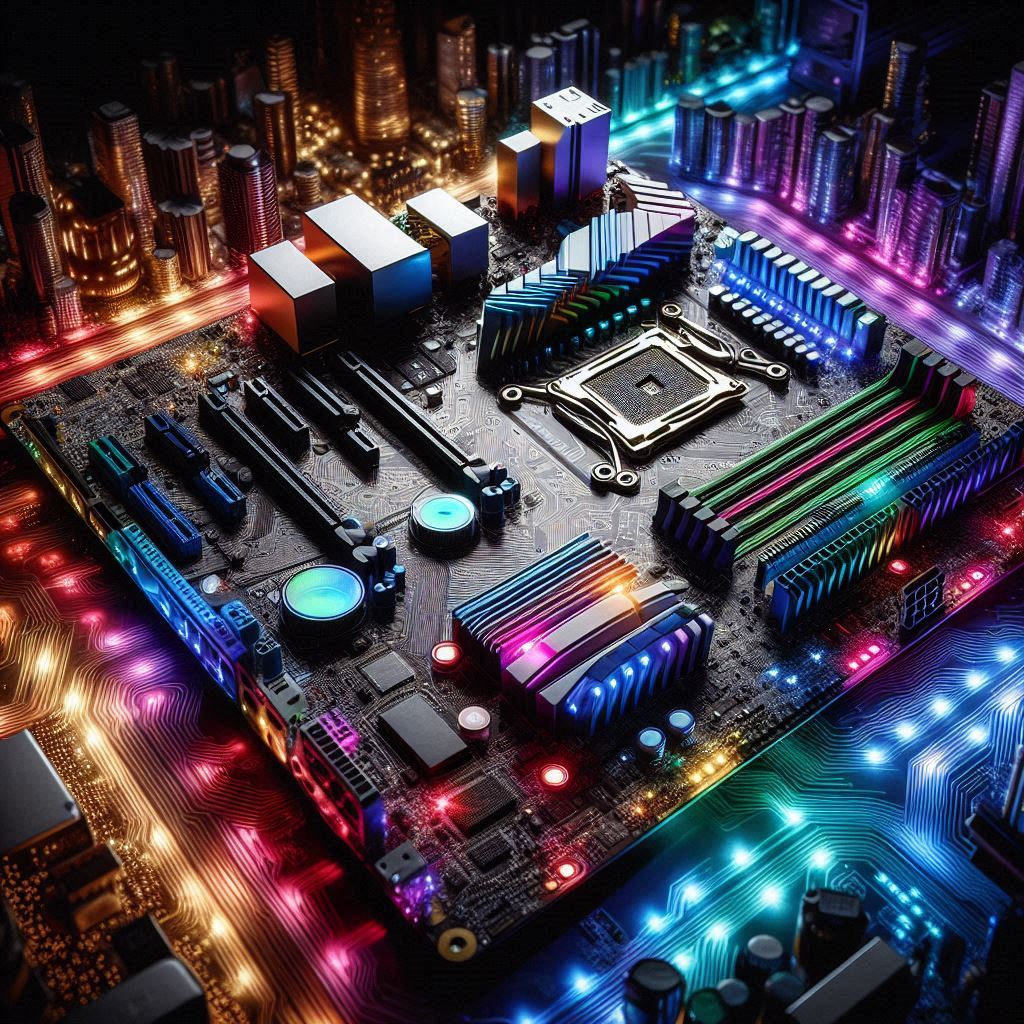
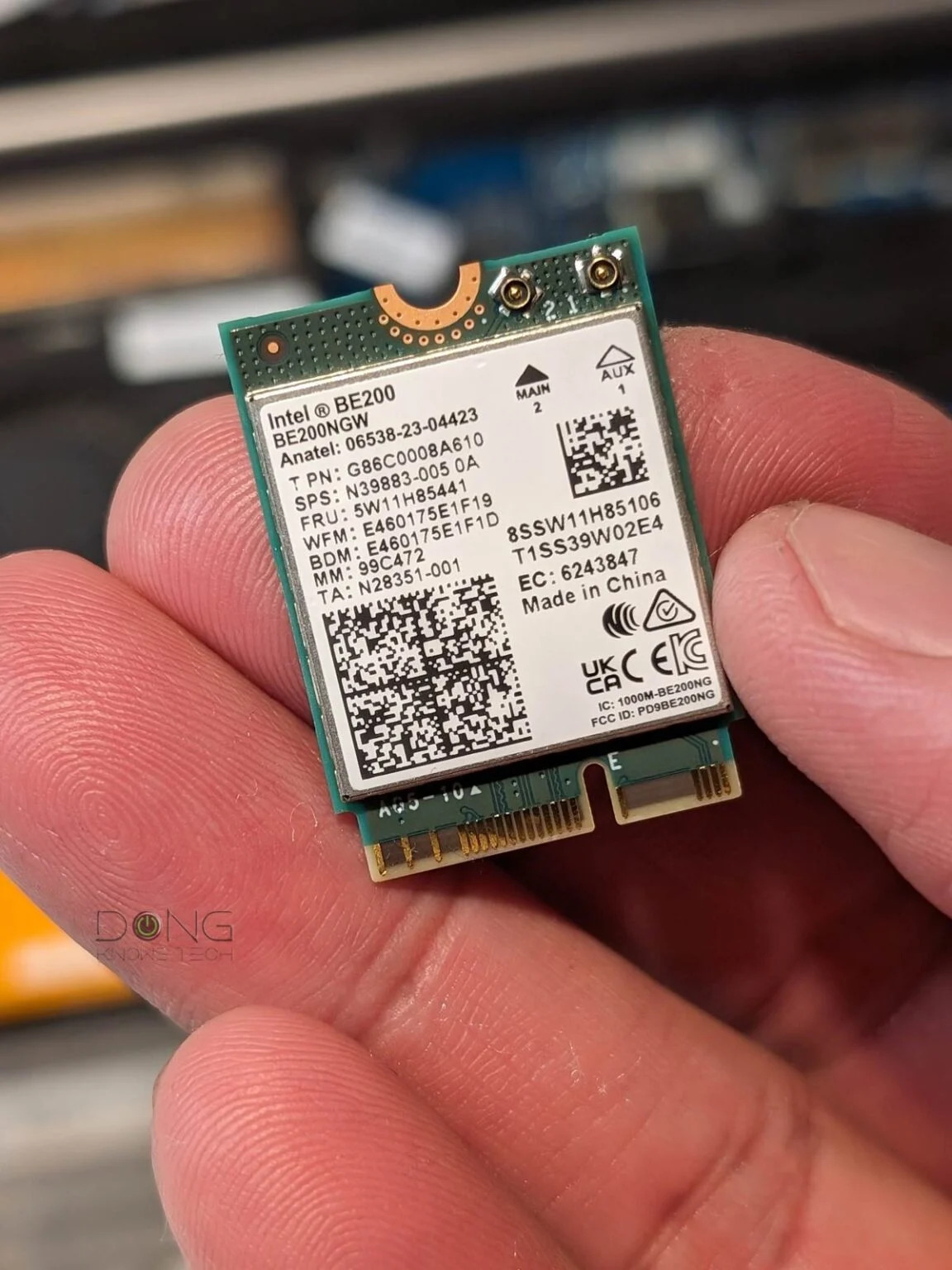
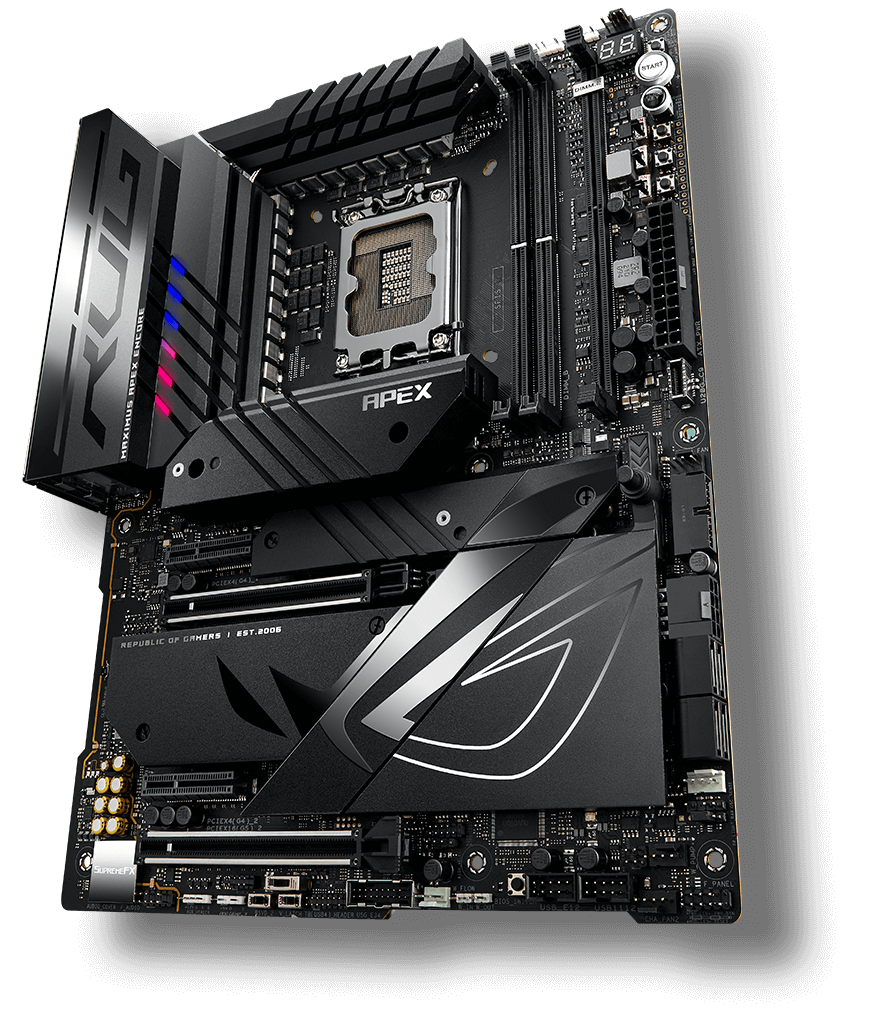
Hi there to all, for the reason that I am genuinely keen of reading this website’s post to be updated on a regular basis. It carries pleasant stuff.
Thank you and trying my best.
Very well presented. Every quote was awesome and thanks for sharing the content. Keep sharing and keep motivating others.
You’re so awesome! I don’t believe I have read a single thing like that before. So great to find someone with some original thoughts on this topic. Really.. thank you for starting this up. This website is something that is needed on the internet, someone with a little originality!
Good post! We will be linking to this particularly great post on our site. Keep up the great writing
Hi there to all, for the reason that I am genuinely keen of reading this website’s post to be updated on a regular basis. It carries pleasant stuff.